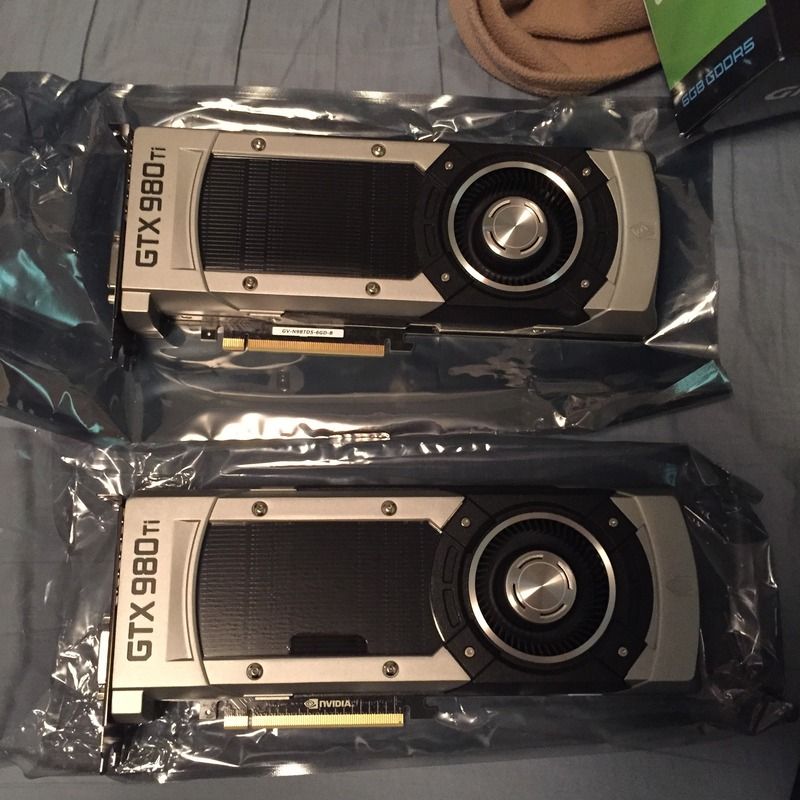Raise your hand if you were expecting the GTX 970 SLI setup to crush the GTX 980 Ti. Sure, there are definitely cases where the SLI 970 cards win, but there are also times when that single high-end GPU is the better approach. Batman and Witcher don’t appear to scale as well with multiple GPUs, but even in the best scenarios, the 970 SLI configuration is only about 20 percent faster than a 980 Ti. Overall, the average performance advantage of 970 SLI is a paltry 4–8 percent, depending on resolution, with higher resolutions scaling slightly better with SLI.
...
However, looking at average frame rates only tells half the story; the minimum frame rate can be just as important. Minimum frame rates are also why we generally prefer a single fast GPU over two slower GPUs running in SLI/CF. There’s CPU and system overhead associated with SLI/CF, so while it can provide clear benefits to average frame rates, minimum frame rates will often drop.
Case in point: We just mentioned that on average 970 SLI is roughly six percent faster than the 980 Ti and 290X CF is up to 30 percent faster. Switch over the minimum frame rates and the story changes: On average 970 SLI is almost 10 percent slower than a single 980 Ti—16 percent slower at 4K. 290X CF likewise shows an overall decrease in minimum frames per second of 10 percent, and over 20 percent at 1080p, where CPU overhead is creating a bigger bottleneck.




